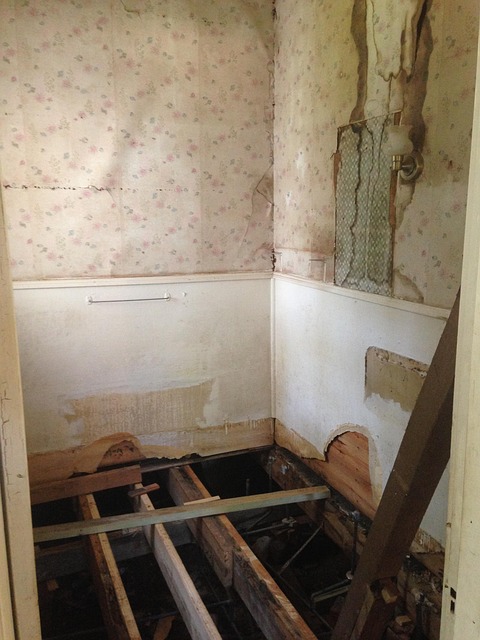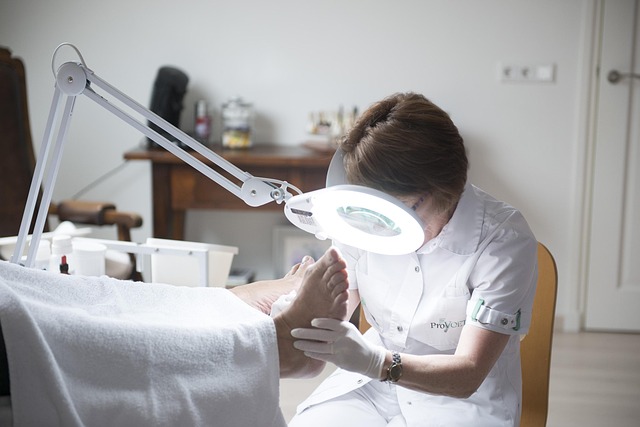Transforming Lives: Integrated Care for Co-Occurring Disorders in Englewood
In Englewood, co-occurring disorders like anxiety, depression, and addiction pose significant challe…….
Over 15% US adults have used prescription painkillers not prescribed to them.
In the complex realm of mental health services, Englewood Dual Diagnosis stands as a revolutionary concept, offering a holistic approach to treating individuals with co-occurring disorders. This comprehensive strategy recognizes the intricate relationship between mental health and substance use disorders, providing tailored interventions for optimal recovery. In this article, we embark on an in-depth exploration of Englewood Dual Diagnosis, its impact, and its role in shaping the future of mental healthcare globally. Through a structured analysis, we aim to equip readers with a profound understanding of this transformative field.
Definition: Englewood Dual Diagnosis (EDD) is an integrated treatment model designed for individuals suffering from both mental health disorders and substance use disorders simultaneously. It is a comprehensive approach that treats these co-occurring conditions as interconnected, rather than separate, entities.
Core Components:
Historical Context: The concept of dual diagnosis emerged in the late 20th century as research revealed the high prevalence of co-occurring disorders. Traditionally, mental health and substance use treatments were provided separately, often leading to fragmented care. This led to the development of integrated models like EDD, which gained prominence in the early 2000s with supportive research and policy changes.
Significance: Englewood Dual Diagnosis holds immense importance due to several factors:
The influence of Englewood Dual Diagnosis extends far beyond national borders, with its principles reshaping mental healthcare systems worldwide. Here’s an overview:
| Region | Trends | Impact |
|---|---|---|
| North America | Increasing adoption of EDD in community-based programs and private clinics due to heightened awareness and insurance coverage for integrated care. | Improved access to comprehensive treatment, reduced stigma associated with dual diagnosis. |
| Europe | Growing emphasis on evidence-based practices, leading to the integration of EDD models into national healthcare systems. | Standardized care, improved collaboration between mental health and substance use service providers. |
| Asia Pacific | Rapid urbanization and changing societal norms drive the need for innovative treatment approaches, fostering the implementation of EDD. | Enhanced cultural sensitivity in treatment, reaching a diverse range of individuals in urban areas. |
| Middle East & Africa | Limited resources but increasing recognition of the need for integrated care, leading to pilot programs and research initiatives. | Early adoption of evidence-based practices, potential for cost-effective solutions in resource-constrained settings. |
The economic implications of Englewood Dual Diagnosis are multifaceted, impacting healthcare systems, insurance providers, and individuals alike.
Technology plays a pivotal role in modernizing Englewood Dual Diagnosis, enhancing access and improving patient outcomes.
Government policies and regulations significantly influence the implementation and accessibility of Englewood Dual Diagnosis services.
Despite its numerous benefits, Englewood Dual Diagnosis faces challenges that require strategic solutions.
Common Challenges:
Proposed Solutions:
Case Study 1: Urban Community Initiative (UCI)
Setting: A large urban center struggling with high rates of homelessness and substance use disorders.
Strategy: UCI implemented a community-based EDD program, partnering with local mental health centers, addiction treatment facilities, and housing providers. The initiative focused on:
Outcomes: Within two years, UCI reported a 40% reduction in emergency room visits for substance use-related issues among program participants. The program also achieved high client satisfaction rates, with many individuals securing stable housing and employment opportunities.
Case Study 2: Rural Recovery Center (RRC)
Context: A rural community with limited access to specialized mental health services.
Approach: RRC established a collaborative model, partnering with local healthcare providers, schools, and community organizations. They offered:
Impact: RRC successfully increased access to care, reducing the wait time for treatment from several months to weeks. The center’s holistic approach led to improved family dynamics and enhanced overall mental well-being in the rural community.
The future of Englewood Dual Diagnosis holds immense promise as emerging trends continue to shape this evolving field.
Potential Growth Areas:
Emerging Trends:
Englewood Dual Diagnosis represents a significant milestone in the journey towards effective mental health care, offering a holistic approach that recognizes the complex interplay between mental illness and substance use disorders. Through international collaboration, technological innovation, and policy advocacy, this model is gaining traction worldwide.
As we look to the future, the global community has an opportunity to embrace the potential of EDD, fostering a transformative change in mental healthcare systems. By addressing challenges head-on and leveraging emerging trends, we can ensure that individuals suffering from co-occurring disorders receive the comprehensive, integrated care they deserve, ultimately improving lives and building stronger communities.
Q: What is the primary difference between dual diagnosis treatment and treating these conditions separately?
A: Englewood Dual Diagnosis treats both mental health and substance use disorders simultaneously, recognizing their interconnectedness. Unlike separate treatments, EDD considers the complex interplay between these conditions, providing a more comprehensive and effective approach to recovery.
Q: How does technology enhance dual diagnosis care?
A: Technology improves access, particularly in remote areas, through telehealth services. Mobile apps offer personalized tools for self-management, while data analytics enable predictive modeling and tailored interventions. VR therapy is revolutionizing exposure treatments, making them more engaging and accessible.
Q: What role do insurance companies play in accessing dual diagnosis treatment?
A: Insurance coverage for integrated dual diagnosis care is crucial for accessibility. Many providers now offer comprehensive plans, ensuring that individuals can receive specialized treatment without financial barriers. Insurance companies are increasingly recognizing the cost-effectiveness of EDD, leading to more favorable policy changes.
Q: How can stigma be overcome in seeking dual diagnosis treatment?
A: Stigma can be addressed through public awareness campaigns that educate communities about mental health and substance use disorders. Normalizing conversations around these issues encourages individuals to view treatment as a supportive rather than shameful option. Training healthcare professionals to communicate effectively with patients is also vital.

In Englewood, co-occurring disorders like anxiety, depression, and addiction pose significant challe…….

In Englewood, co-occurring mental health and addiction disorders (Englewood dual diagnosis) present…….

Englewood faces a growing challenge with co-occurring disorders, where mental health issues like anx…….

Englewood battles the unique challenge of englewood dual diagnosis, where anxiety, depression, and a…….

Englewood faces a growing challenge with co-occurring disorders, particularly mental health addictio…….

Englewood grapples with englewood dual diagnosis, where individuals struggle with both mental health…….

In Englewood, addressing co-occurring disorders like anxiety/depression and addiction is crucial for…….

Englewood grapples with co-occurring disorders, where mental health issues like anxiety and depressi…….

Englewood faces unique challenges with co-occurring disorders, where mental health issues and addict…….

Co-occurring disorders like anxiety, depression, and addiction pose significant challenges in Englew…….